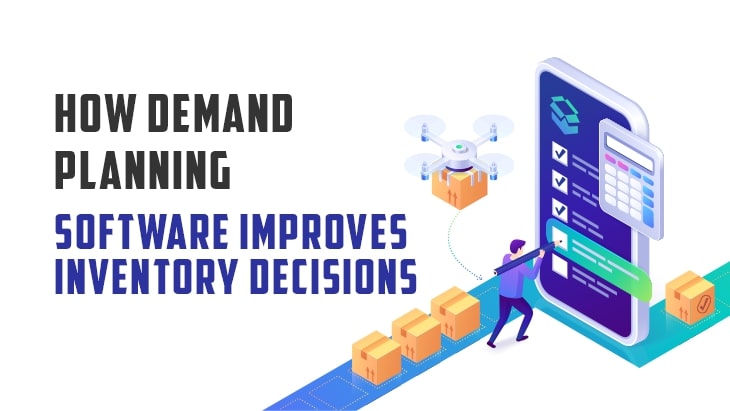Businesses can’t go more than a week against the current context of modern cyber threats without news of a new vulnerability, a zero-day attack, or a massive data breach flooding news websites. Where possible, organizations turn to comprehensive security architecture like web application firewalls (WAFs), intrusion detection and prevention systems, and endpoint security to protect their businesses.
Of the aforementioned technologies, WAF solutions stand as the frontline defense against the mounting cyber threat. As highly flexible all-in-one solutions that protect your web applications from a range of common attack vectors, they’re effective in keeping businesses safe.
However, to get the most out of a WAF, businesses need to understand that not every solution comes pre-built to protect their exact internal infrastructure. Organizations need to pinpoint changes in their WAF configuration to make them the world-class tool that companies have been relying on for decades.
The Importance of the WAF
Web application firewalls prevent bad actors from accessing your applications without authorization. By utilizing a range of strategies, they filter out unauthorized traffic and block many malicious forms of brute-force entry attacks.
WAFs are typically more generalist aspects of cybersecurity defense. They act as a protective outer layer that stops the majority of common threats from getting through. Most commonly, they align with the OWASP top 10 – an everchanging list of the top cyber threats to application security – to deliver a widespread level of protection.
Here are just some of the leading threats on the list that WAFs effectively counter:
* Injection Attacks: SQL injection attacks aim to force applications to execute specific commands, often ceding access to a hacker or breaching data from its databases. WAFs use a series of strategies like parameterized queries and encoding its outputs to block these.
* Critical Data Exposure: Attacks can exploit vulnerabilities in your web application to capture data in transit. Potential data forms could include sensitive material like credit card numbers or passwords. WAFs can use modern internet transfer protocol systems to encrypt data in transit and counter this threat.
* Access Control Issues: While businesses may integrate authentication procedures to control who can access sensitive data within their system, these can easily go wrong. Hackers can force entry into a system, modify their level of privilege, and access any documents that they like. WAF systems assume the least possible privilege and help to monitor the changing access levels of different accounts to prevent any nefarious attempts in this regard.
While WAFs are far from the only piece of cybersecurity architecture that businesses will use, they are one that constantly comes in handy and prevents a great deal of threats. By employing a WAF, organizations take the first possible step toward keeping their web applications free from unwanted access.
Customizing Your WAF
When a business deploys a WAF, it comes pre-configured with optimal settings. However, what is optimal for one company may be completely ineffective for another, considering each business has radically distinct requirements.
The application security market is growing at a rapid pace, holding a predicted CAGR of 14.14% between 2024 and 2028. With investment pouring into this field, combined with its utility, there are numerous new configurations and solutions coming to market every single day. Staying up-do-date with these allows your business to utilize cutting-edge security solutions as they become available.
Typically, on the dashboard of your WAF provider, you should be able to navigate to the security section to edit its configurations. Of course, to do this, you’ll need access to an admin-level account, as the changes you make will dramatically impact your system. Once you’ve accessed the customization section, you should be able to change rules to match your specific requirements.
Here are some of the rules that businesses can utilize to enhance their WAF security:
* Rate Limiting: Rate limiting, where you reduce the maximum number of requests that any one IP address can send to your servers every five minutes, can help to reduce the likelihood of DDoS attacks. Changing your rules around rate limiting can help to prevent these kinds of attacks. For example, you could limit the accepted rate from countries where DDoS attacks are most likely to occur.
* Virtual Patching: Virtual patching allows you to temporarily patch out vulnerabilities that you encounter in your web application. Allowing this faster method of prevention comes in handy when you need to counter a vulnerability as quickly as possible.
* Priority Management: There is an underlying hierarchy of priority for all of the rules and configurations in your WAF system. One rule may be integral to how all else functions, with this being consulted first before others. By changing the order or priority, you can alter the outcome that your WAF delivers when traffic connects to your system. Assess your business needs and then determine which hierarchy of priority works best for you.
Every WAF provider offers a different range of configurations, rules, and suggested optimal settings.
Building on a Strong Foundation
While web application firewalls are an effective technology that businesses can use to keep their applications free from common threats, they are far from infallible. Especially for organizations that have not configured their WAFs to the specific needs of their applications, there could be unseen vulnerabilities that hackers can take advantage of.
Using a WAF with a customized, dependent ruleset that adapts to your evolving application needs will protect your applications to the highest degree. WAFs offer a perfect balance between out-of-the-box functionality and high level customizability. You won’t have to build your firewall from scratch, but can customize it to its fullest extent to keep your business safe.

















Post Comments